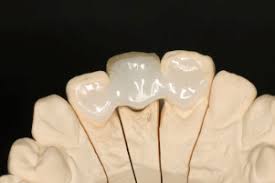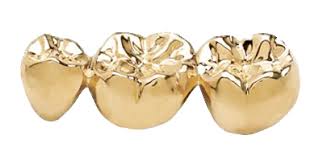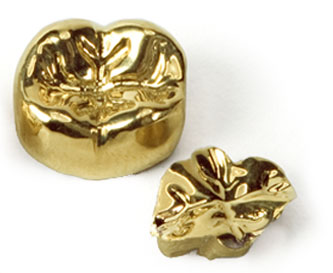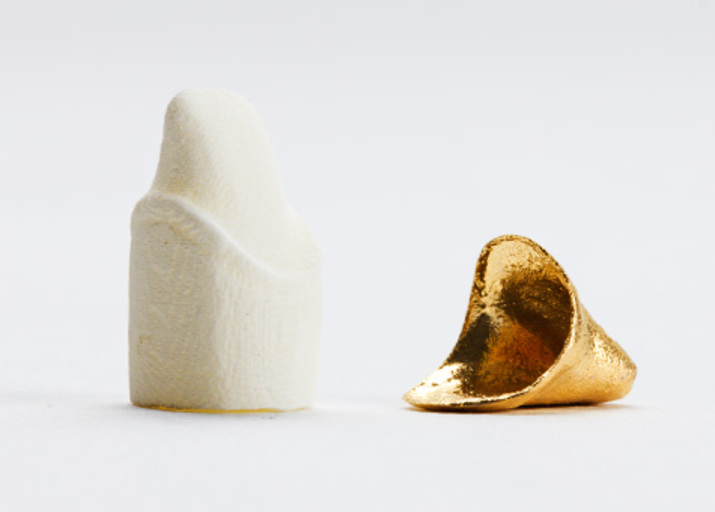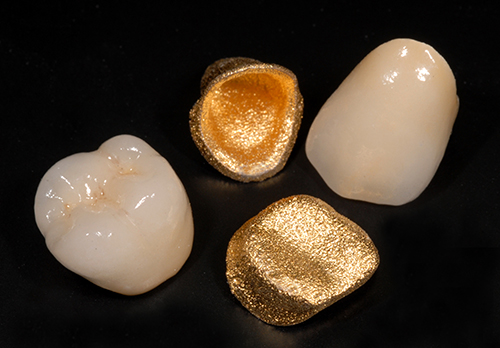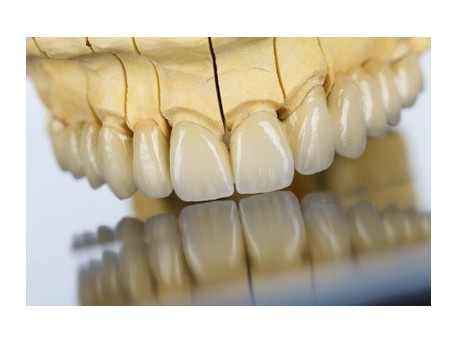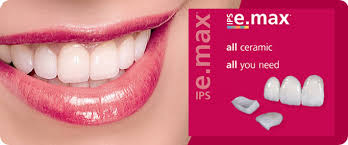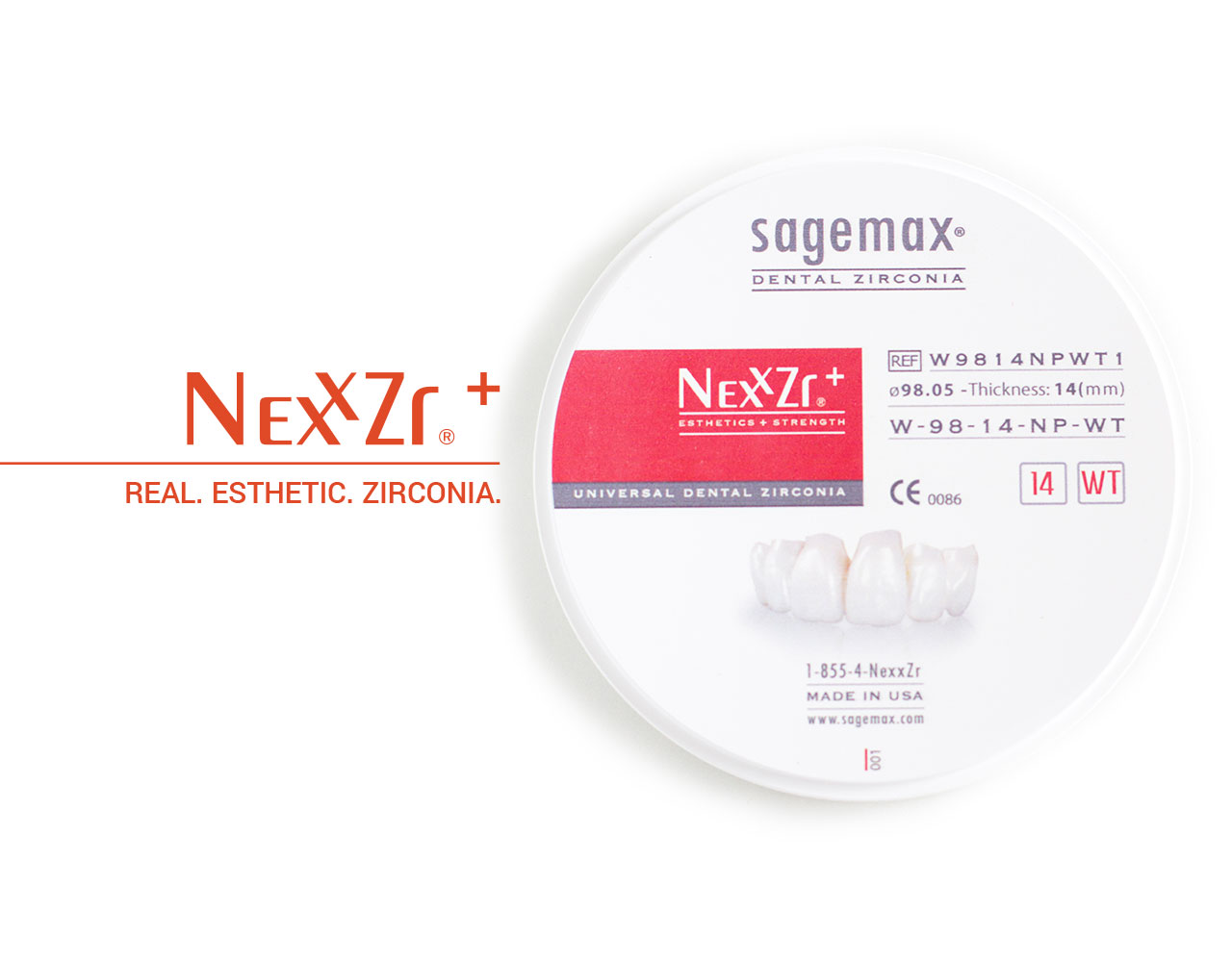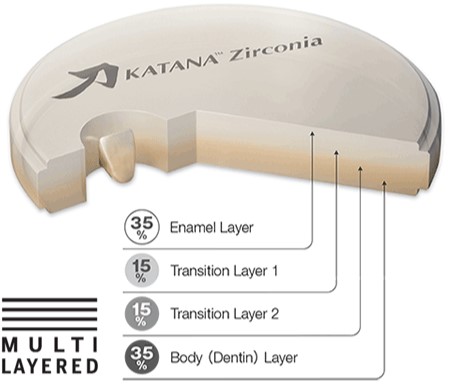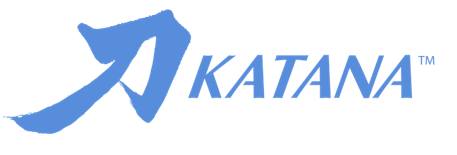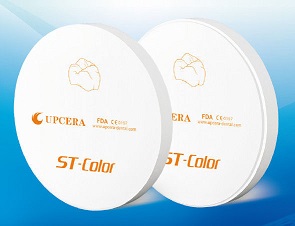The Maryland Bridge is less invasive for single tooth replacement than conventional bridgework, and enables the dental practitioner to splint or replace missing teeth esthetically, with minimal tooth modification. It offers greatly improved bond strength over earlier perforated resin-bonded retainers.
New materials and techniques allow for better retention resulting in the convenience of a fixed restoration at a lower cost. 100% high strength Zirconia Maryland bridges offer ideal esthetics, maximum strength and durability with CAD/CAM precision fits.
A major appeal of this type of bridgework is that adjacent teeth do not require over-prepping. Neighboring tooth structures are not shortened to accommodate an anchoring crown that supports the bridge unit.
Maryland Bridge Advantages
Minimally Invasive: Less aggressive than a three unit bridge
Proven Effective
Over 20 years of clinical success
Cost Effective
Durable with exceptionally strong flexural strength
Maryland Bridge Indications
Single Tooth (Sometimes used for 2 to 3 teeth)
Typically Used for Anterior Cases
Minimum 1 mm clearance from
ADA Insurance Code:
D6549 Resin retainer – for resin bonded fixed prosthesis
The Captek™ crown represents an alternative to a conventional cast metal PFM restoration. This unique high noble, rich yellow colored coping is manufactured via a patented technique and formulation utilizing capillary action and infusion to create a thin, high strength metal substrate. This technology combined with high strength ceramic materials and our experience enables us to offer you and your patient a conservative, strong, and highly esthetic restoration.
Advantages
Excellent Esthetics / No Gray Line at the Margin
Conservative Tooth Preparation / Less Tooth Reduction Required
Clinically Proven Biocompatibility
Minimizes Bacterial Build-up / Leads to Healthier Periodontal Tissue
Highly Accurate Internal Fit and Marginal Integrity
Convenience of Cementability
Recommended Preparation Type
Conventional crown and bridge preparation techniques are acceptable.
Recommended Incisal/Occlusal clearance measurement
Superior esthetics can be accomplished at 0.8-1.0mm facial reduction on anterior crowns when typical reduction is not possible and the routinely recommended 1.5-2.0mm of occlusal clearance for posterior crowns.
Recommended Cement and Technique
Any crown and bridge cement can be used. The best bond strength is accomplished with Panavia or Meta Bond C&B.
Captek is a registered trademark of Precious Chemicals, Inc.
ADA Insurance Codes
D2720: Single Crown
D6750: Bridge Abutment
D6240: Bridge Pontic
Our Classic Porcelain-Fused-to-Zirconia possesses both the translucency of porcelain and the durability of zirconia. Our Layered Zirconia product uses a cutback design on Sagemax NexxZR S hi-strength Zirconia and is layered with Vita VM9 porcelain higher esthetics. By layering highly esthetic porcelain on a resilient zirconia substructure, our Layered Zirconia fixed restorations offer a naturally lifelike restoration not found in traditional porcelain-fused-to-metal restorative products
Layered High-Strength Zirconia Advantages
Excellent shade reproduction and wear-kind to opposing dentition
High biocompatibility for improved tissue health and for patients with metal sensitivity
No black lines or gingival graying. Semi-transparent with a high opacity to mask underlying tooth discoloration, metal cores and implant abutments
Reduction in seating time due to precise CAD/CAM internal fit and contact adaptationUse your preferred cementation material and protocol
Cementation
Resin-reinforced glass ionomer cement: RelyX (3M ESPE), Fuji Plus (GC America)
Resin cements for short or over-tapered preparations: Unicem (3M ESPE)
Ceramir C & B (Doxa)
Prep requirements
Slight chamfer margin preferred for best result
A more conservative preparation than is required for e.max
.5-mm of occlusal space is ideal
ADA Insurance Codes
D2740 Crown – Porcelain/Ceramic Substrate
D6245 Pontic Porcelain/Ceramic
D6740 Abutment Crown Porcelain/Ceramic
